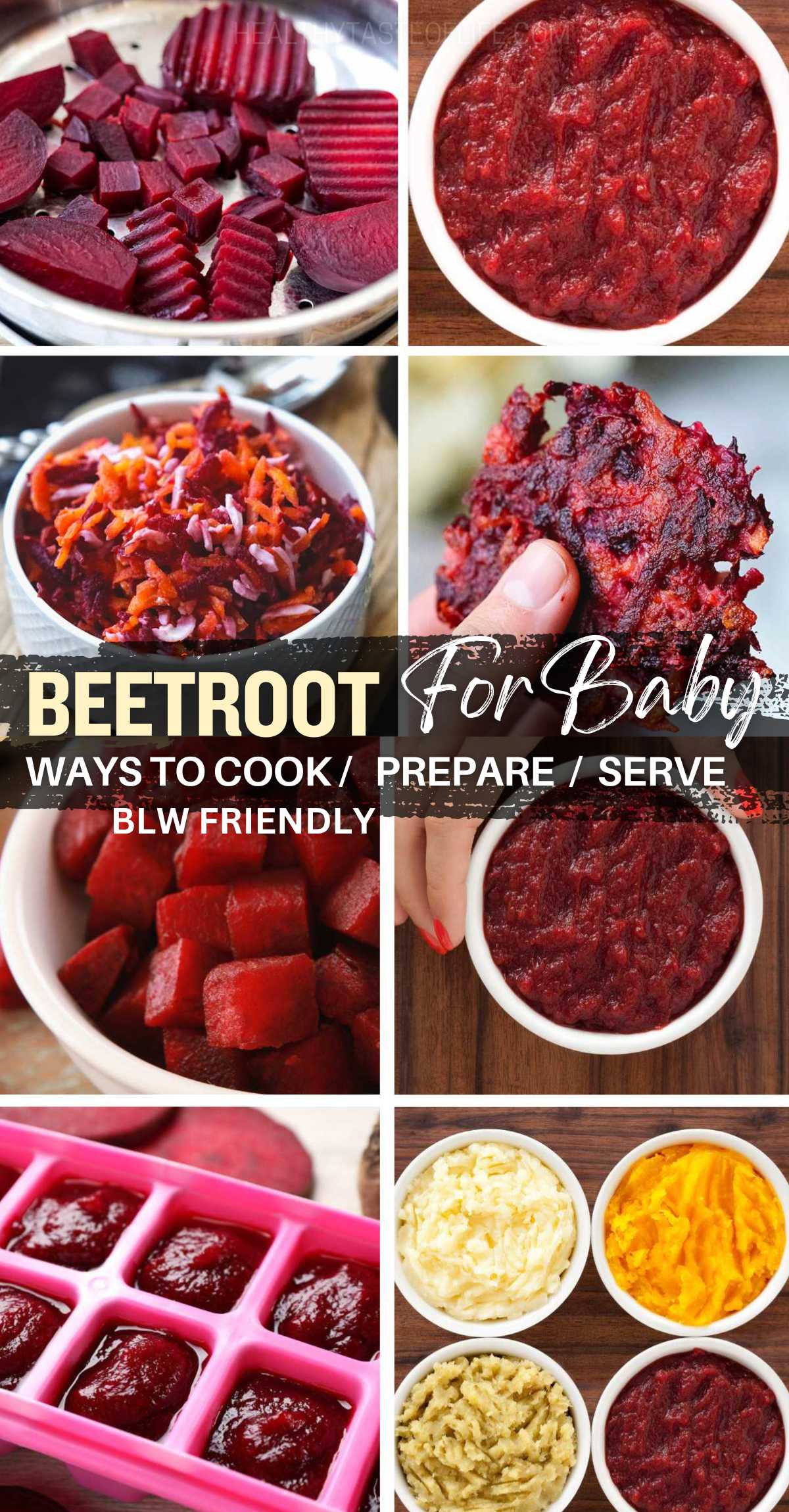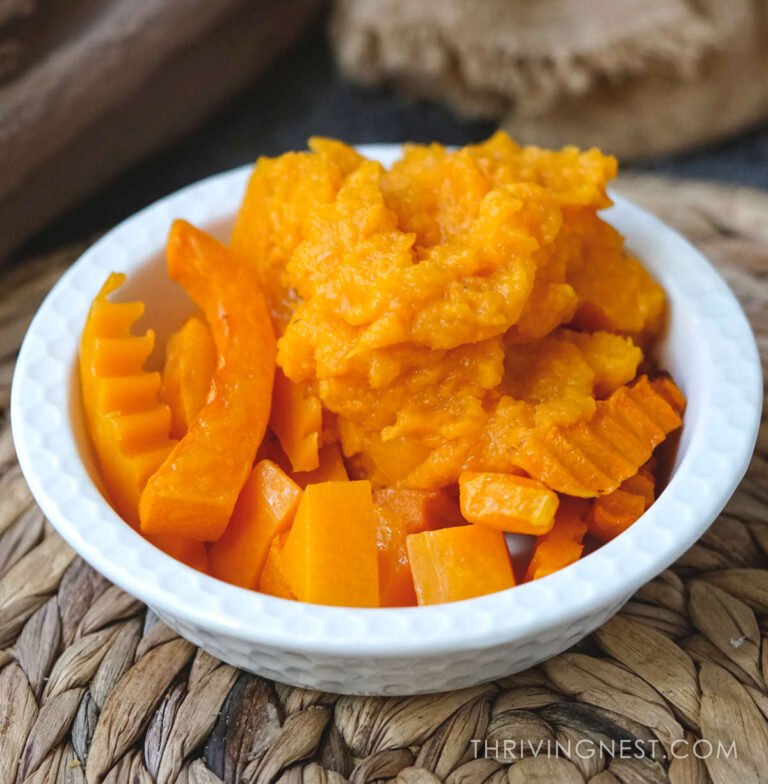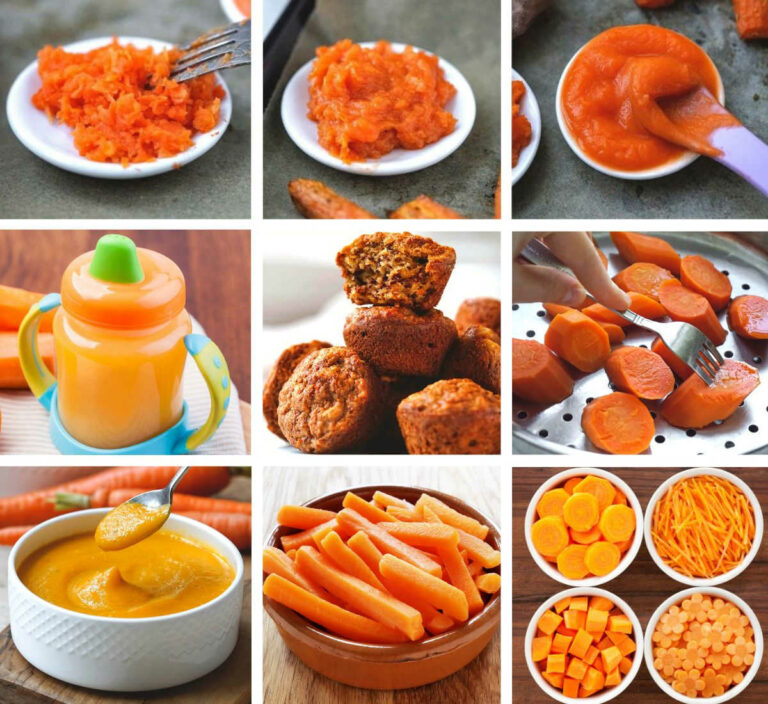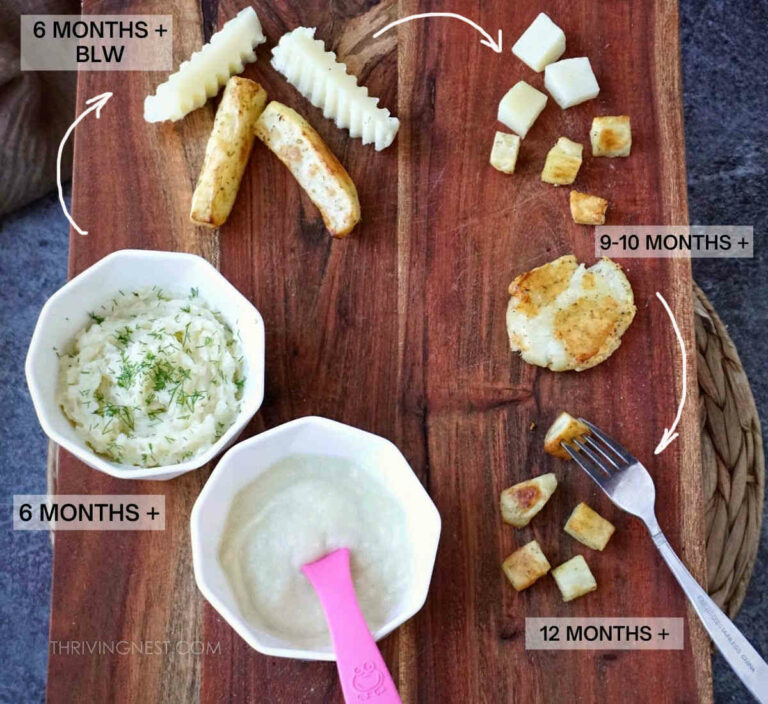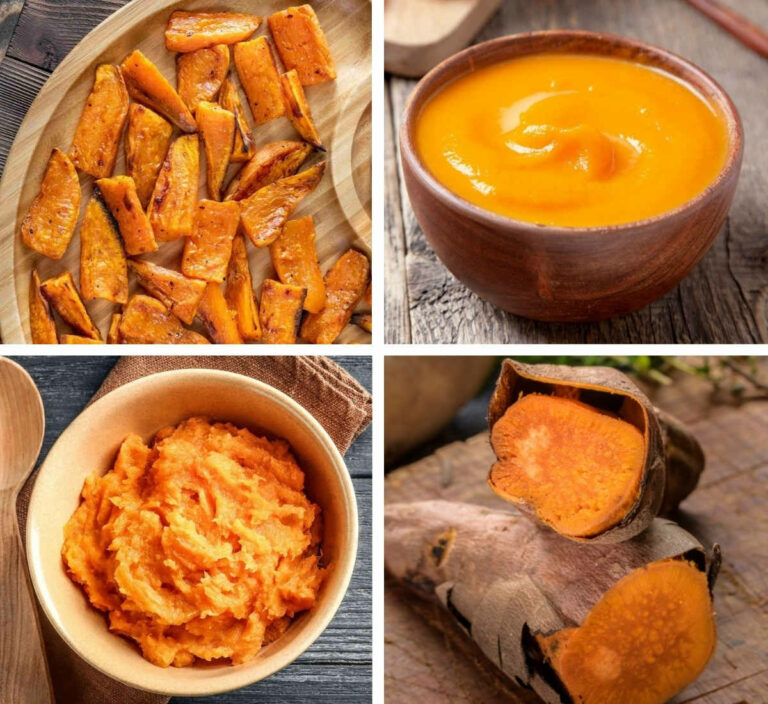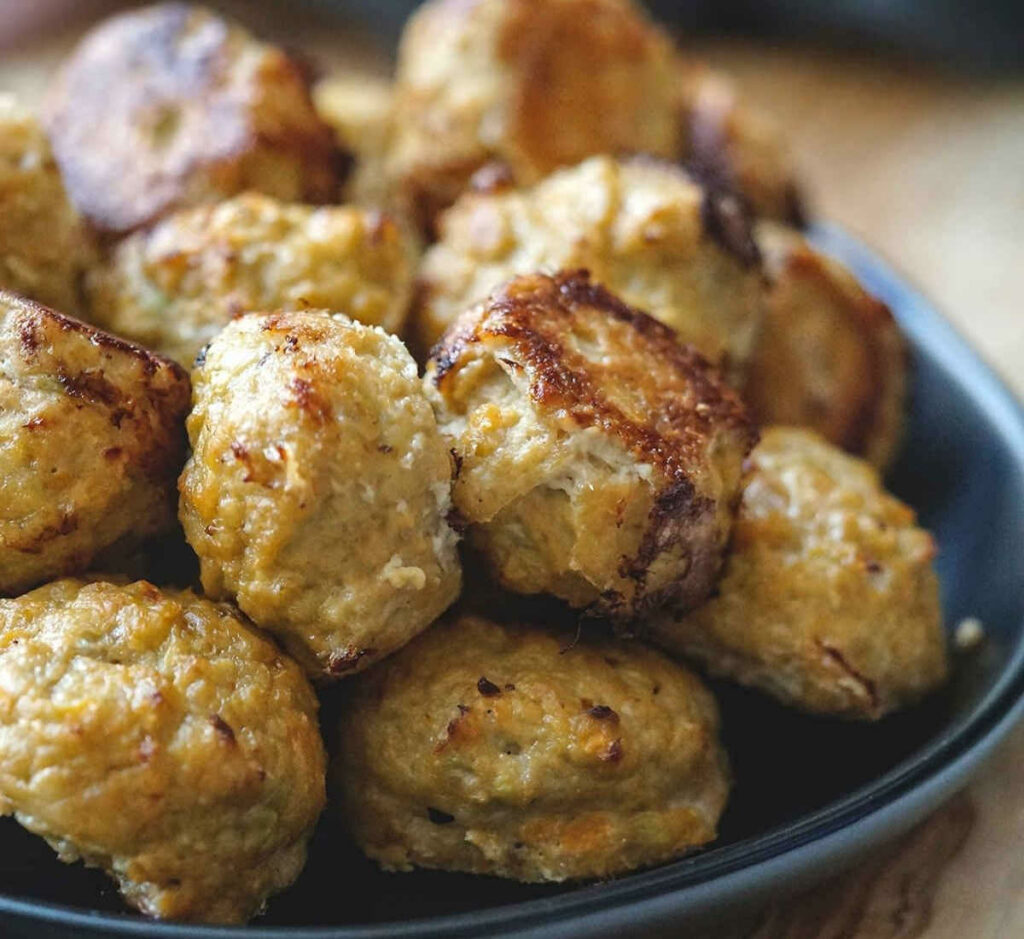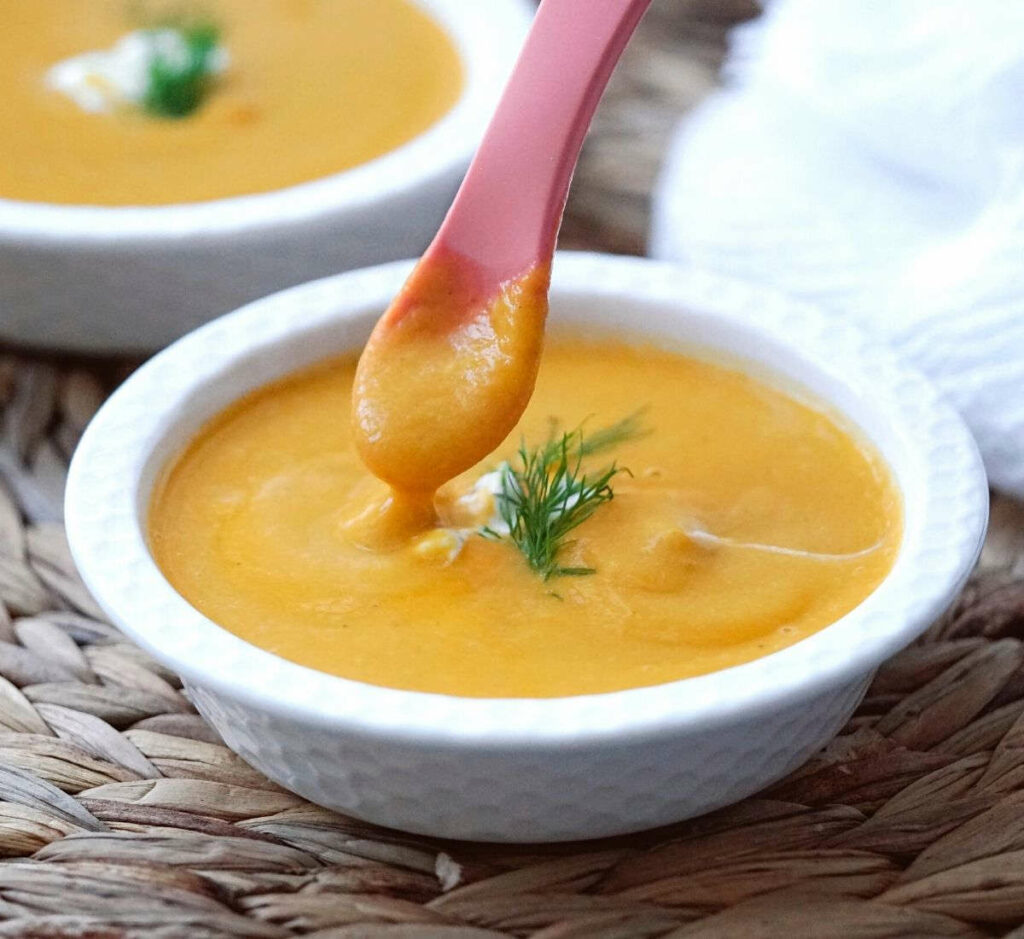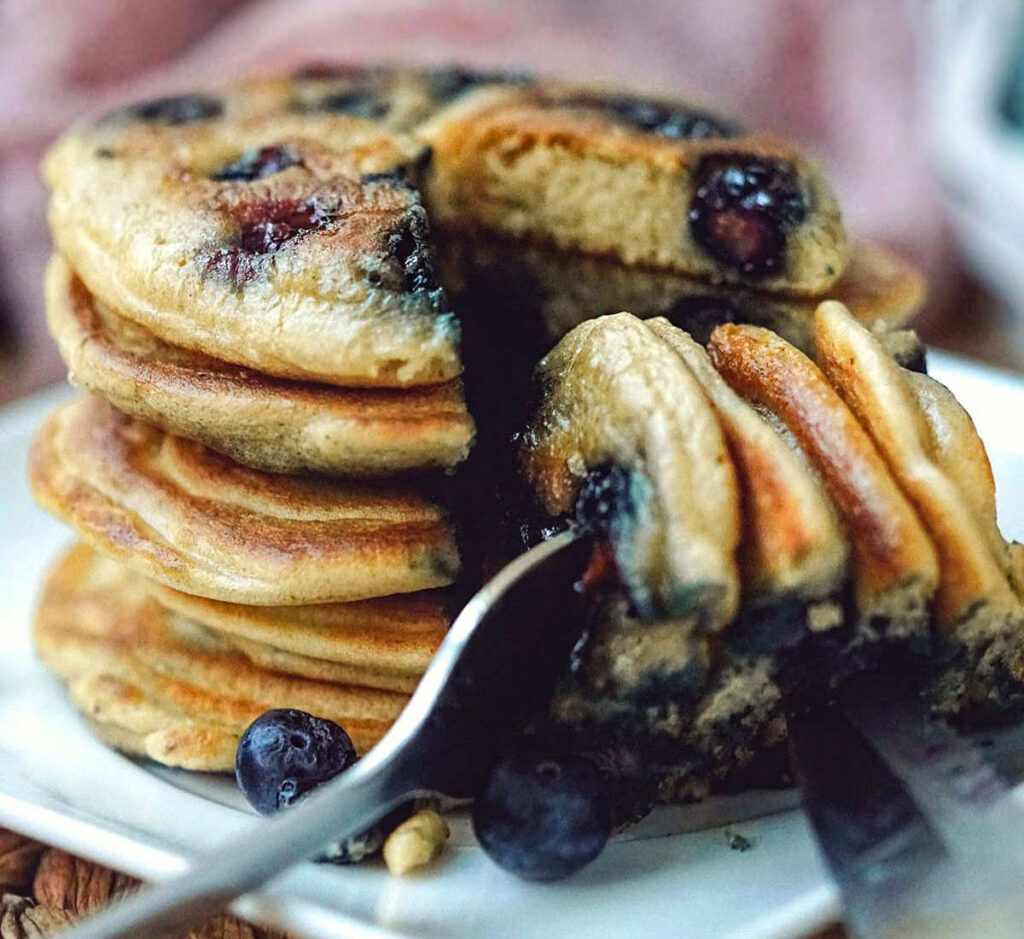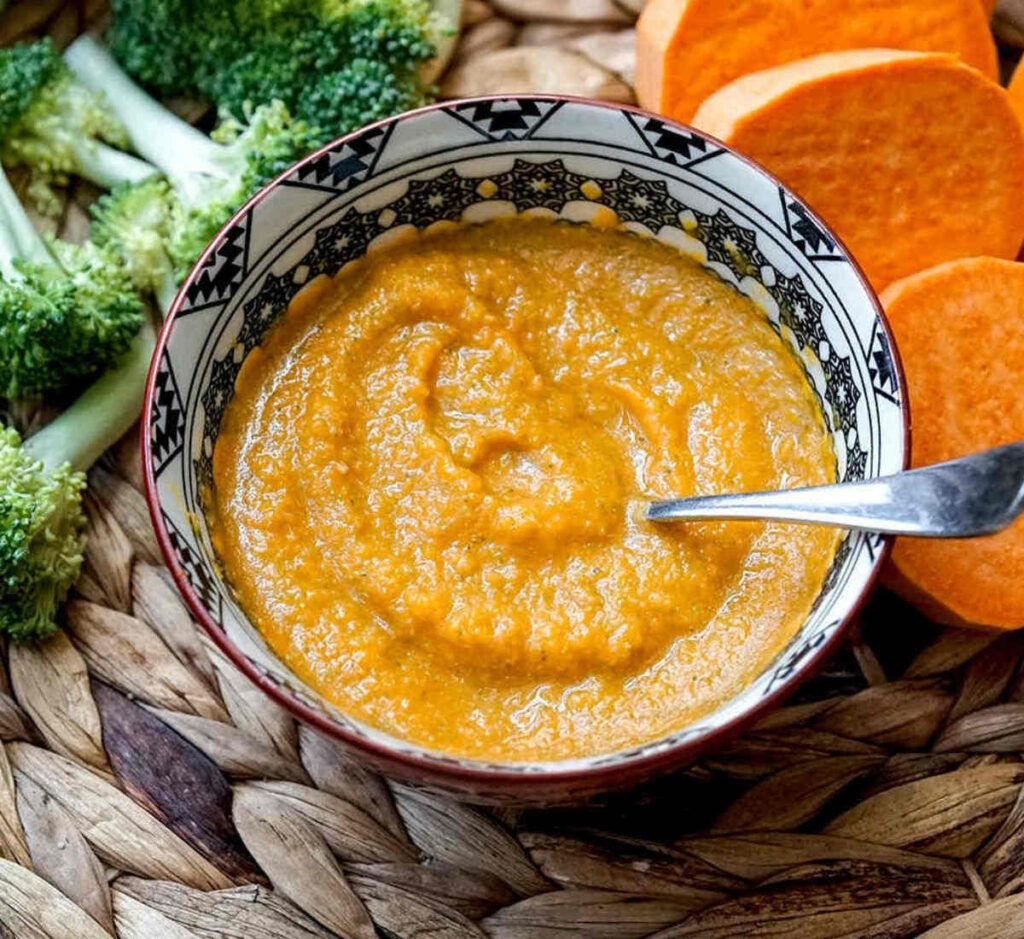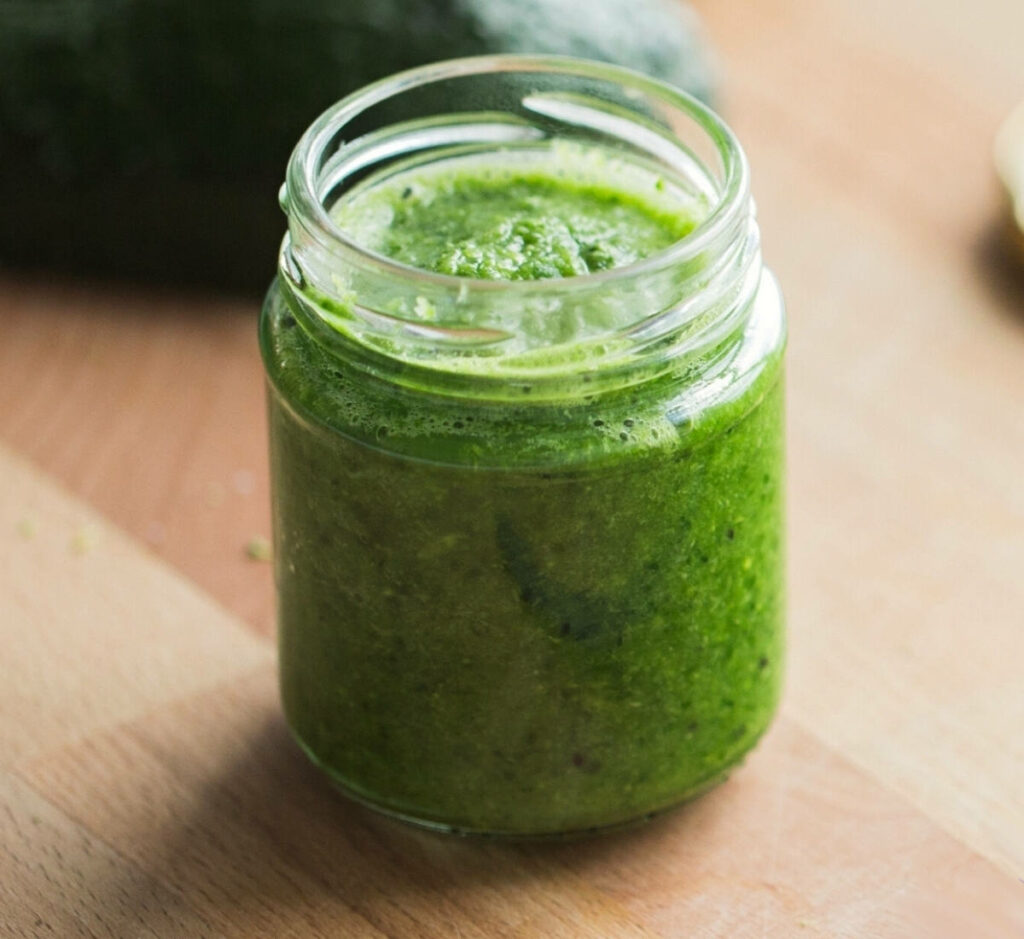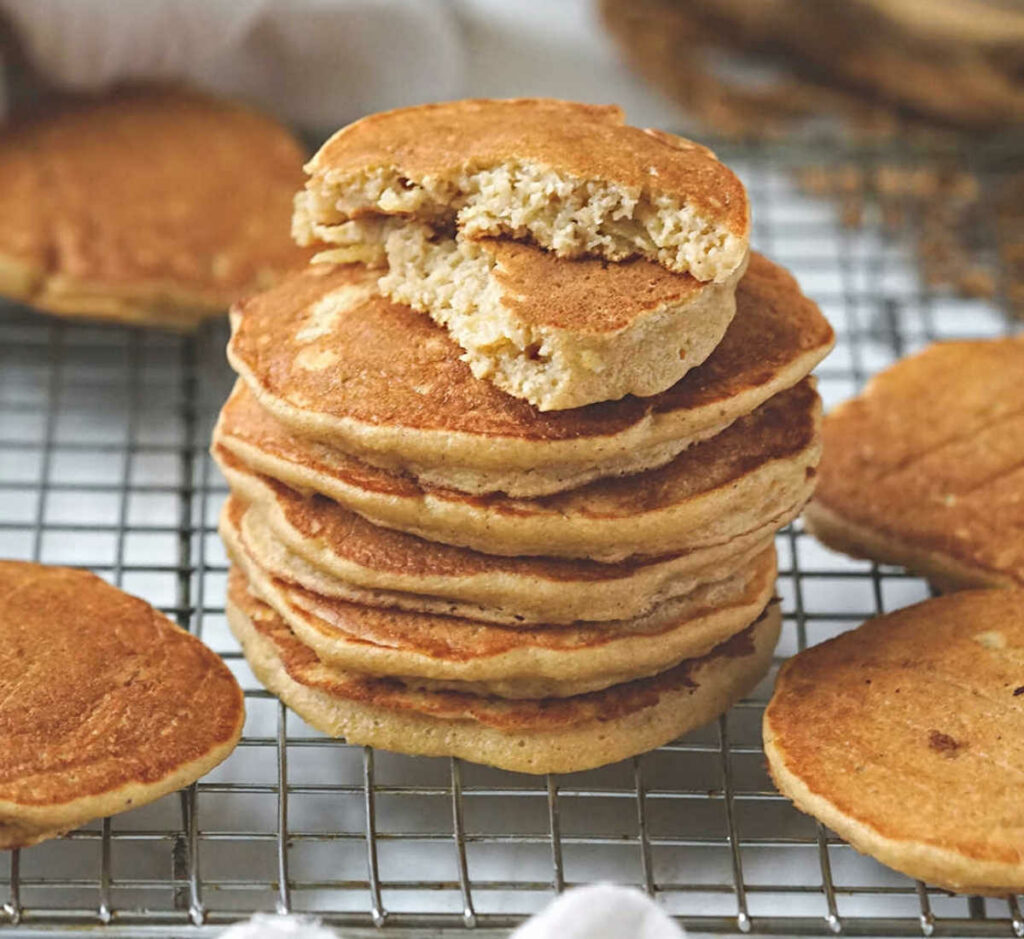First Beetroot For Babies: Ways To Cook, Serve & Recipes
Beet for babies makes a nutritious first solid baby food beginning with 6 months of age, when they show signs of interest for complementary foods.
Learn how to prepare baby’s first beets whether they’re steamed, pureed, mashed, grated or roasted and serve according to baby’s age. As well as healthy recipes and baby food with beets that you can make for your little one.
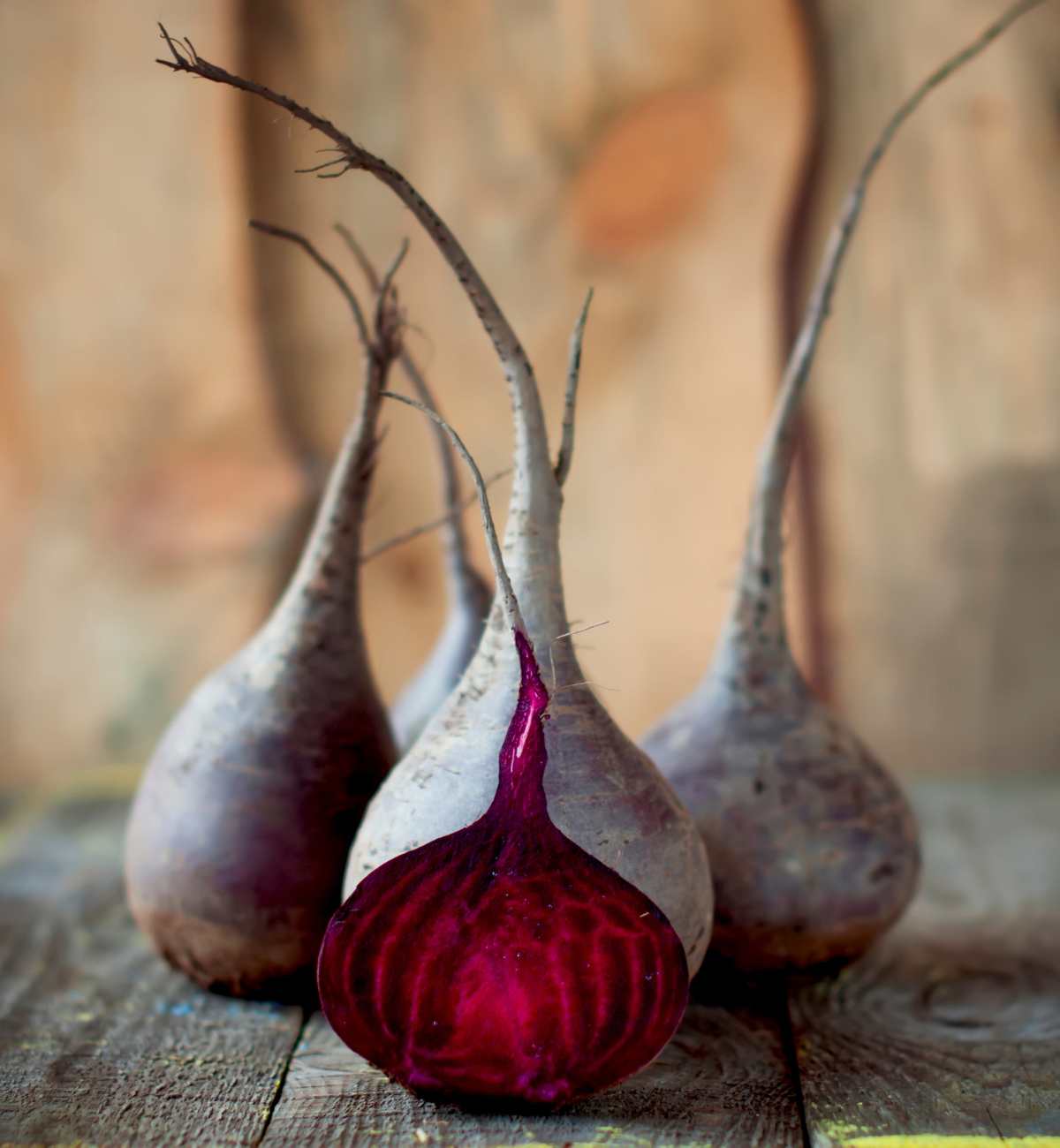
In this blog post, we will explore ways to cook, serve, and share some recipe ideas using beetroot for babies.
Benefits of Eating Beetroot For Babies
- Beetroot is a nutrient-rich vegetable for babies‘ immune system support. It is packed with essential vitamins and minerals like:
- Folate (Vitamin B9) and Vitamin B6
- Vitamin C
- Potassium
- Magnesium
- Iron
- Vitamin A
- Vitamin K
- Calcium
- Zinc
- Copper
- Phosphorus
- Being an excellent source of folate it helps with brain and spinal cord development. Folate plays a vital role in cell growth and division, making it essential for healthy growth and development during early childhood.
- Beetroot contains fiber for digestion and promote healthy bowel movements in babies.
- The red pigment in beetroot, Betacyanin, acts as a potent antioxidant, and has been associated with various health benefits: reduce inflammation in the body, support the liver’s detoxification processes and even help inhibit the growth of cancer cells and promote apoptosis (cell death) in certain types of cancer cells.
How To Cook Beets For Babies
Before preparing beetroot for your baby, it is important to choose fresh, firm, and unblemished beetroots. Here are some ways to cook beetroot for babies while retaining their nutrients, taste, and texture:
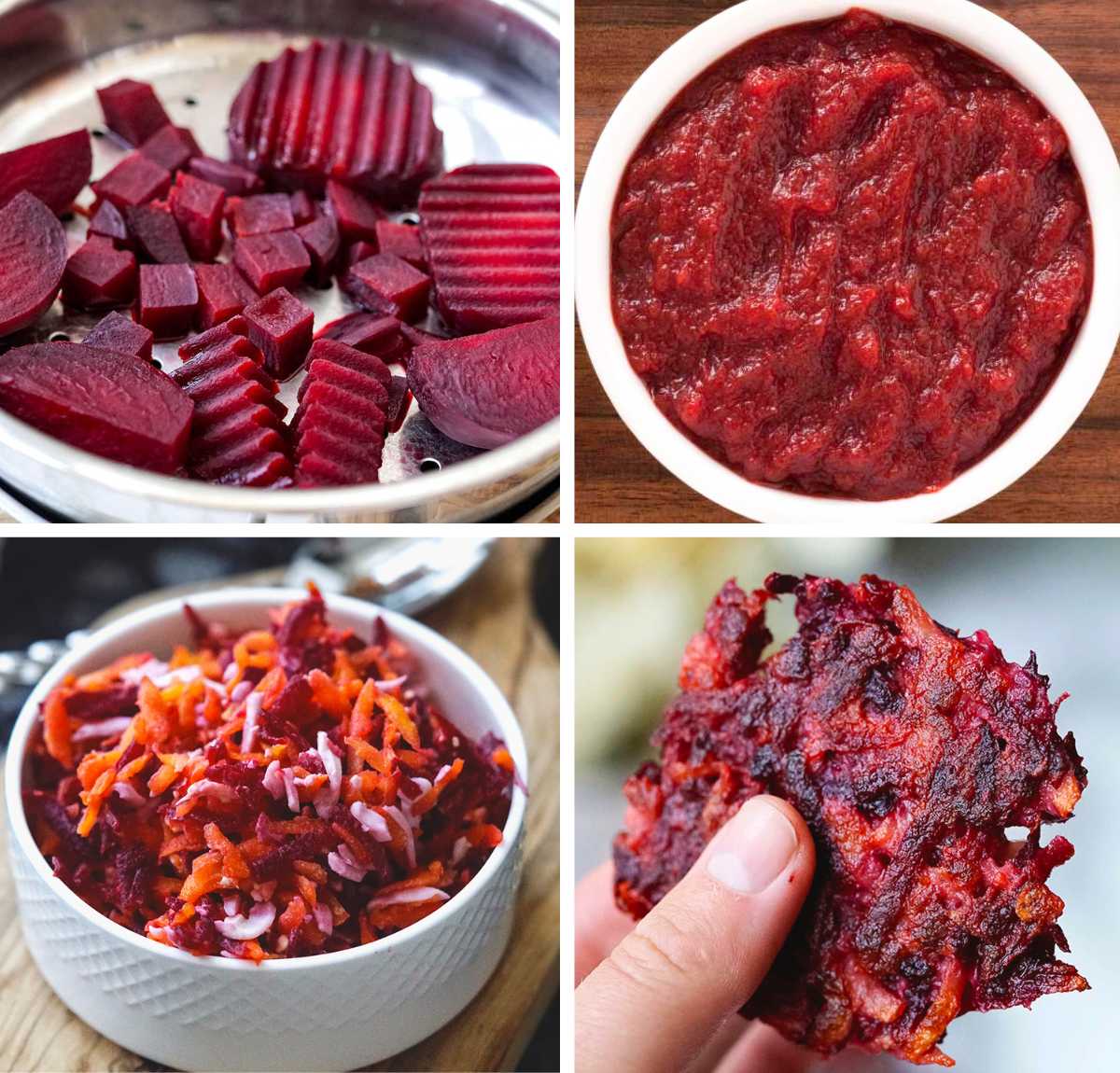
Steaming
Steaming is a healthy and simple way to cook beetroot for your baby. Start by washing and peeling the beetroot, then cut it into small cubes or slices. Place the beetroot in a steamer basket and steam for about 15-20 minutes until it is soft and can be easily mashed with a fork. For larger pieces the steaming time needs to be increased.
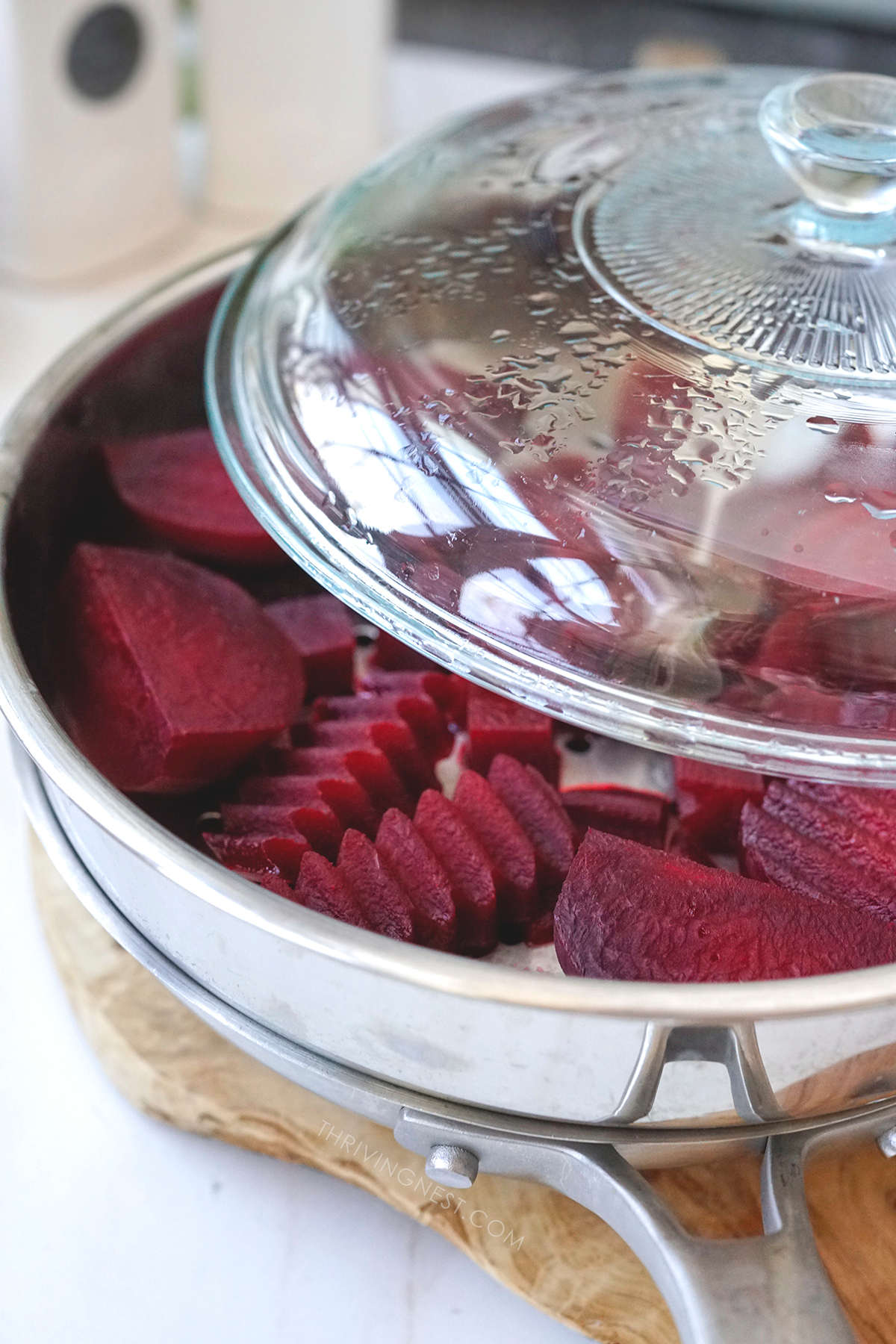
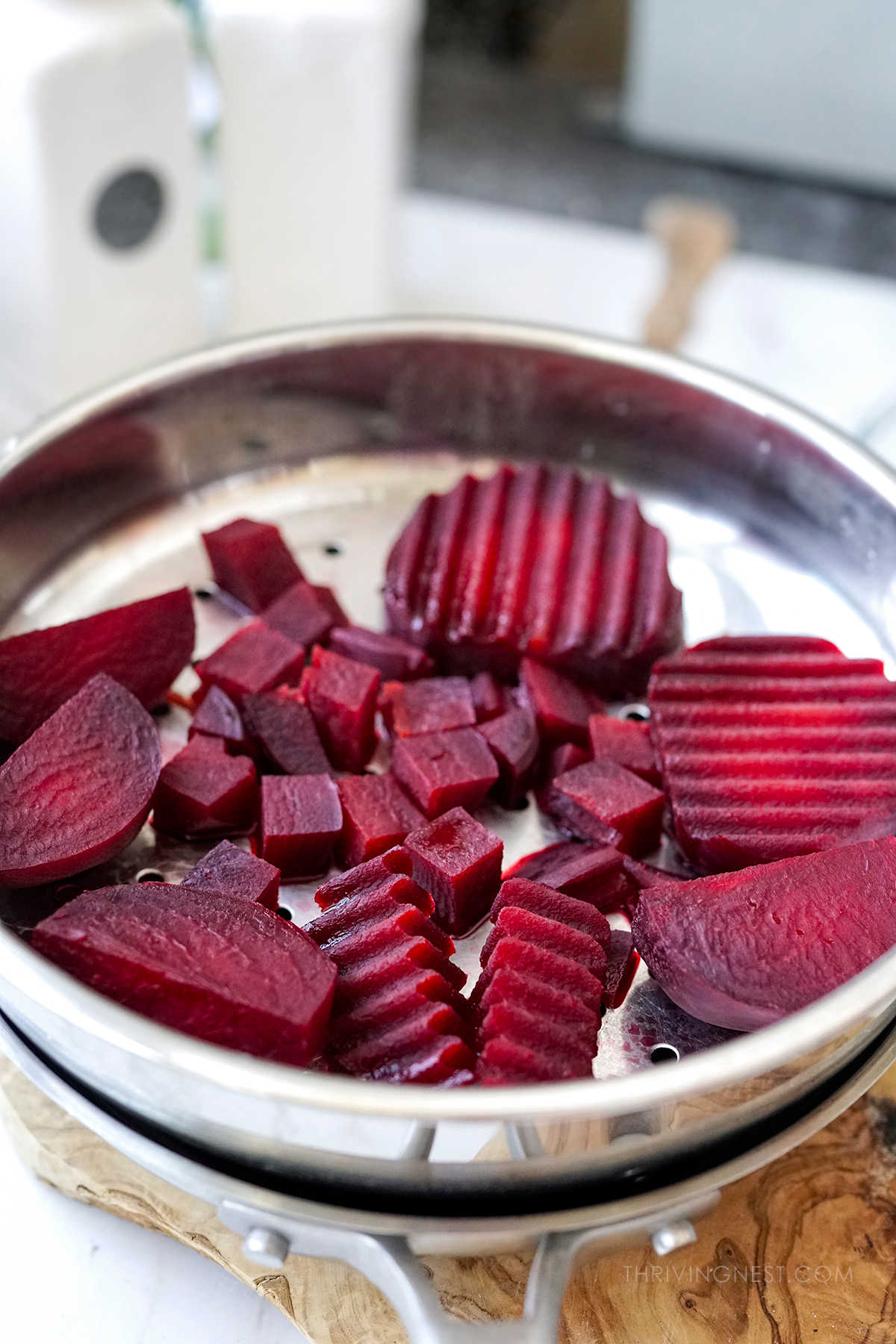
This post may contain affiliate links. To read the disclaimer policy See This.
Baking/Roasting
Roasting beetroot can bring out its natural sweetness and flavor. Wash and peel the beetroot, then cut it into small pieces, strips, wedges or just in half. Toss the beetroot with a little olive oil and spread it out on a baking sheet.
Roast in the oven at 195°C (380°F) for about 30-40 minutes until tender and can be easily mashed with a fork. Keep in mind that roasting will create a thin crust and for some babies might be difficult to bite into.
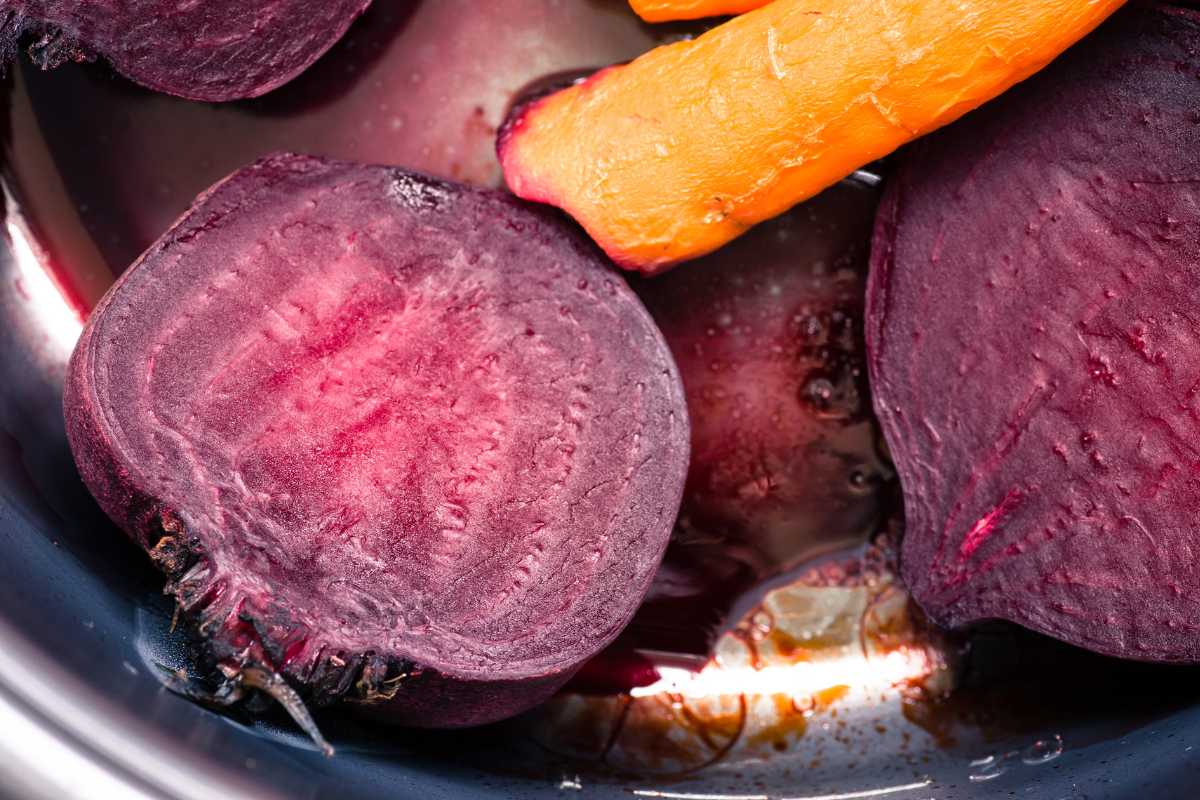
Boiling
Boiling is another simple way to cook beetroot for your baby. Wash and place the whole beets unpeeled in a pot covered with water and boil/simmer until tender, about 20-30 minutes (adding water if necessary). The skin will prevent some of nutrients from leaching in the water.
Then after boiling, peel the skin and cut the beets into shapes appropriate for your baby, or shred through a grater if using in a salad.
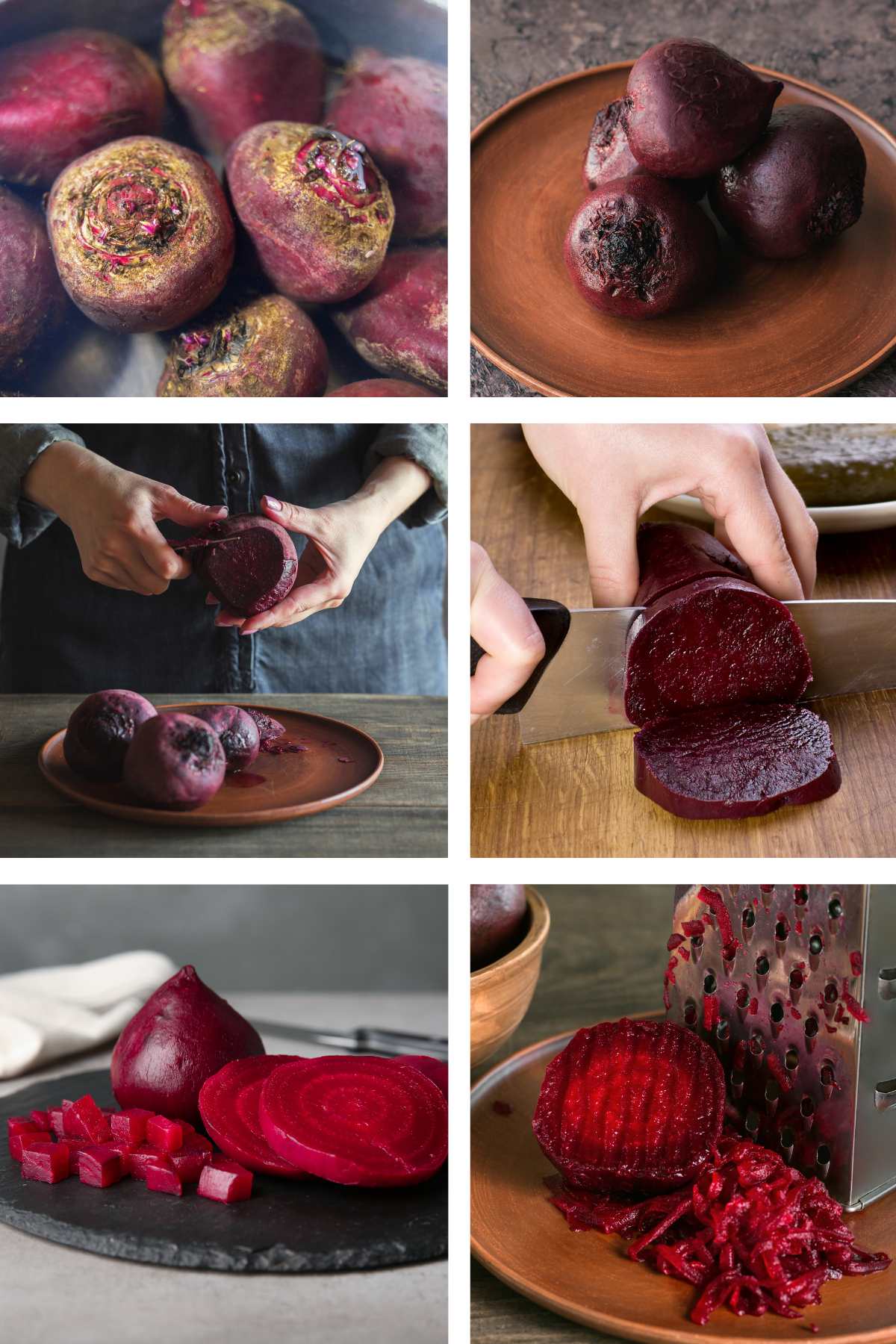
Or you can peel the beetroot first, then cut it into small cubes or slices. Place the beetroot in a pot and cover with water – bring to a boil. Reduce the heat and simmer for about 15-20 minutes until it is soft and can be easily mashed with a fork.
Boiling beets usually is the least preferred method if you need just plain soft beets. The most nutrients will leach into the boiling water that you will likely discard. This method is best when you make soups and purees as you would keep the water with all the leached nutrients.
How To Serve Beets For Babies By Age + Recipes
Once the beetroot is cooked, you can serve it to your baby in different ways, depending on their age and developmental stage. Here are some baby food ideas with beets:
For 6-month-old babies:
1. Finger food (BLW):
If your baby is practicing baby-led weaning (BLW), you can offer them cooked and cooled beetroot slices (round, semi-round, strips or wedges) as a finger food.
Beetroot has a naturally sweet taste and a soft texture when cooked, making it a great option for babies to hold and explore on their own.
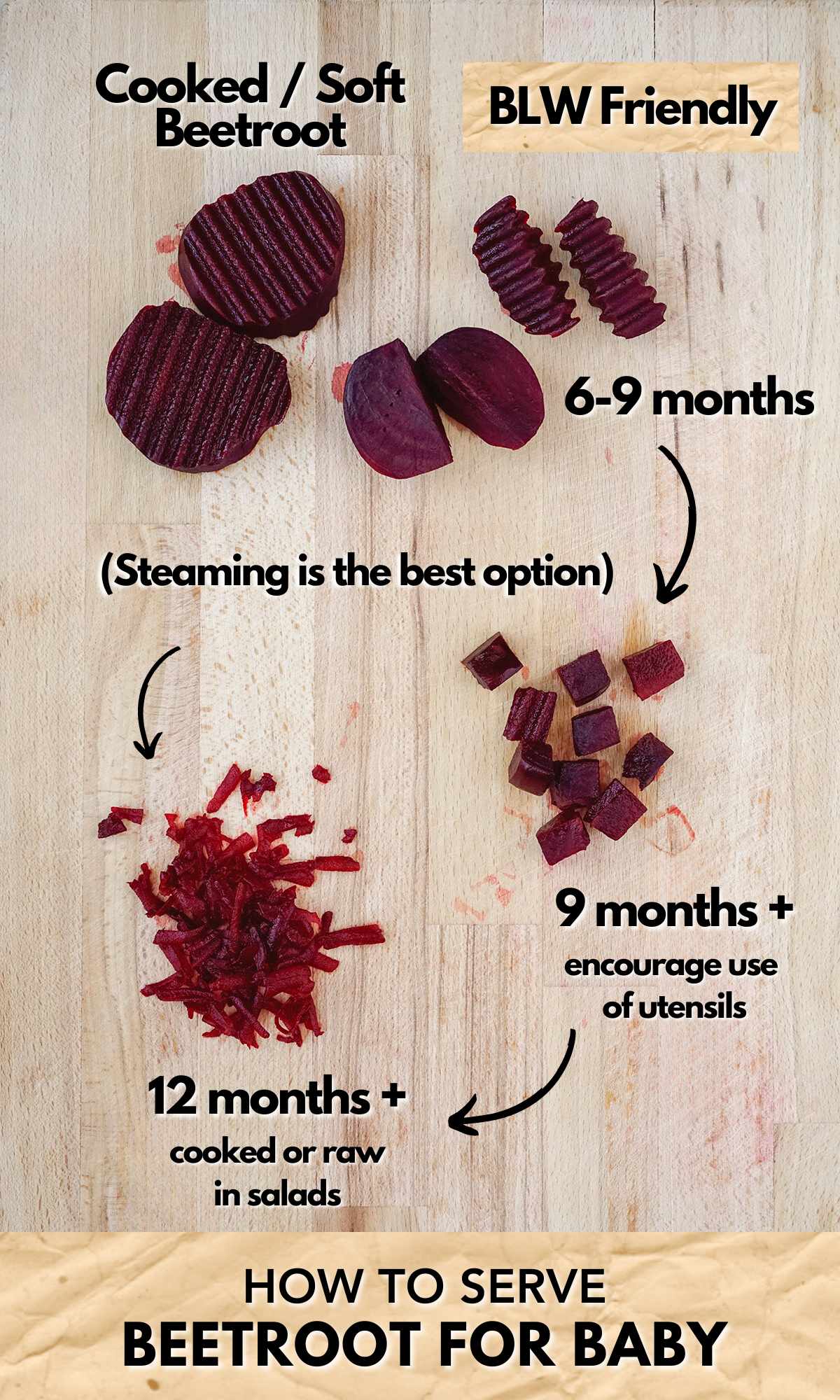
2. Beetroot puree:
For younger babies who are still learning to eat from a spoon, you can mash the cooked beetroot with a fork or blend it with a little breast milk or formula to make a smooth puree. Start with small amounts and gradually increase the texture as your baby becomes more accustomed to eating solid foods.
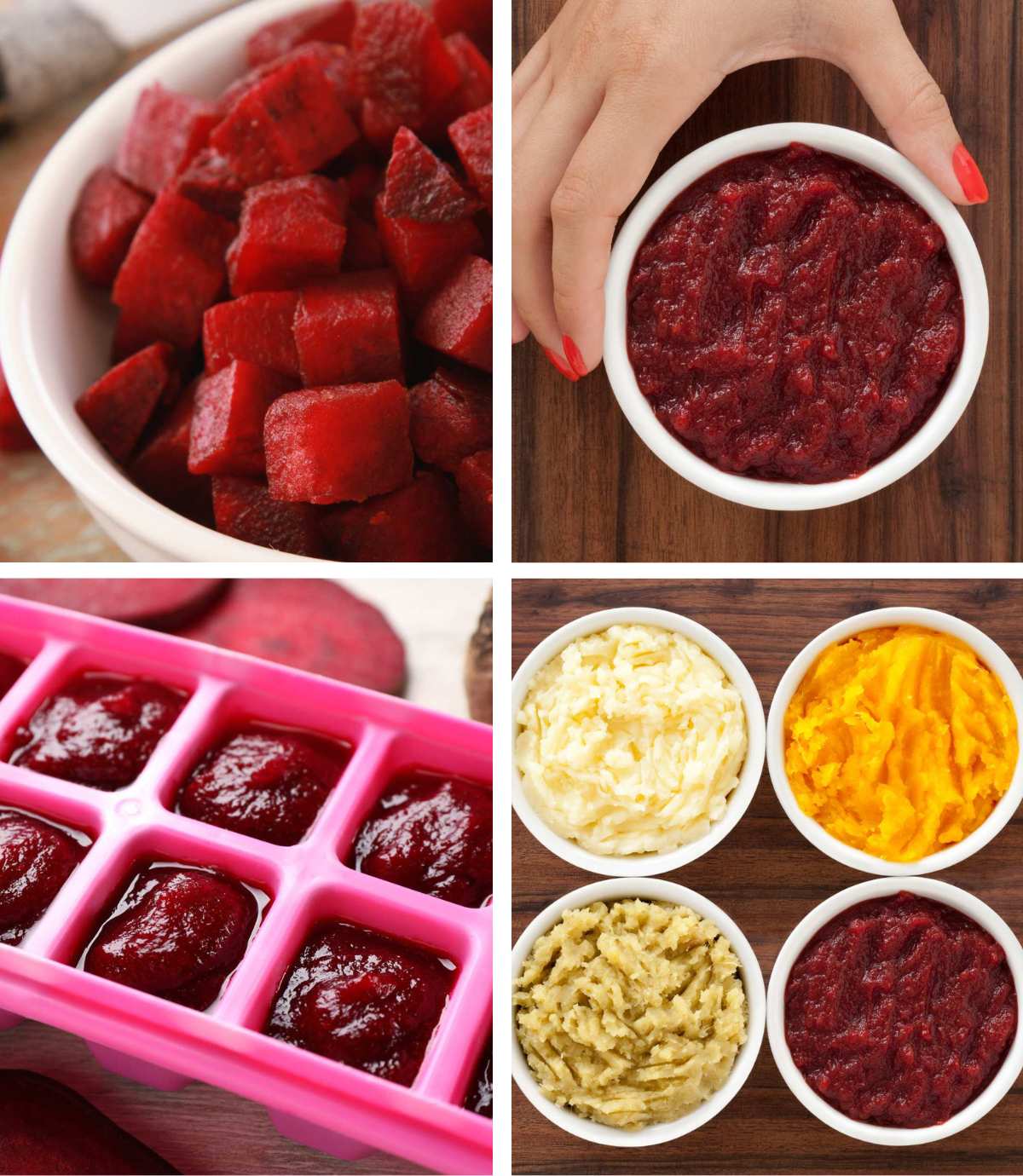
For a 9-month-old baby (all of the above plus):
Stage 2 (7-9 months): At this stage, your baby may be ready for slightly textured foods. You can mash the cooked beetroot with a fork or blend it with a little breast milk, formula, or cooked grains like rice or quinoa, and maybe some pureed meats – to create a thicker puree with more texture.
At 12-18 months (all of the above plus):
Beets cooked to a soft consistency served as thin slices, shreds, or diced into small pieces mixed with other foods. Encourage your baby to use utensils, like fork or spoon.
As an example, this Carrot Salad With Beet And Egg or these Beet Fritters can be served as finger food or baby led weaning method.
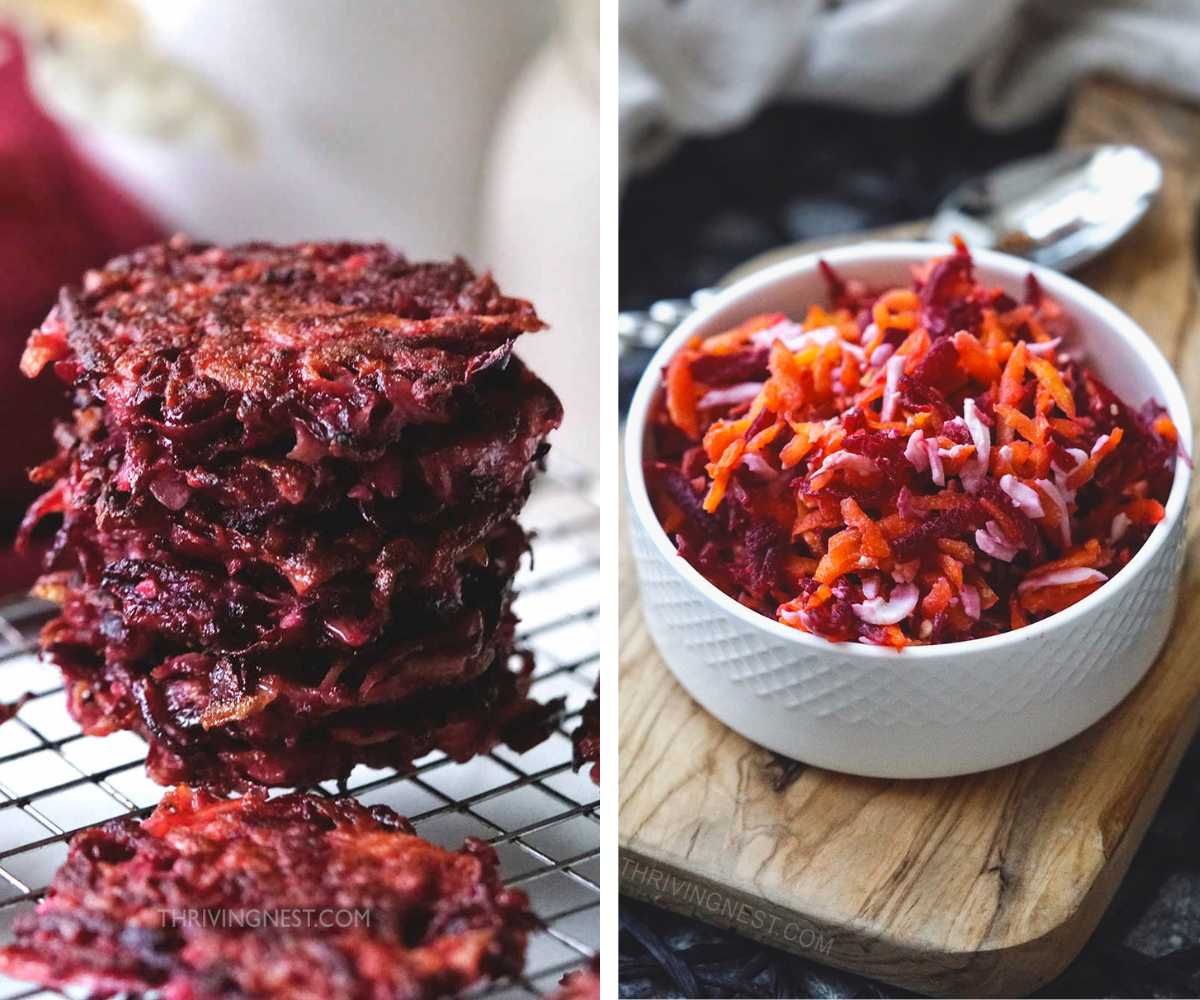
Note: The beetroot serving suggestions below are for informational purposes only, not medical advice.
Beetroot Juice For Baby
When it comes to offering beetroot juice to babies, there are some considerations to keep in mind:
- Age: Beetroot juice is not recommended for infants under 6 months of age.
- Dilution: Beetroot juice is naturally sweet and has high levels of naturally occurring sugars. Also beets are somewhat high in nitrates and there is potential risk of nitrate toxicity (especially for small babies). Therefore it is recommended to dilute beetroot juice with water or mix it with other vegetable or fruit juices to reduce the sugar and nitrate content. Check out this recipe for carrot, apple and beet juice.
- Allergies: Beetroot can be a potential allergenic food for some babies. Introduce beetroot juice to babies after they have already been exposed to cooked beetroot and have not shown any signs of allergies or intolerances.
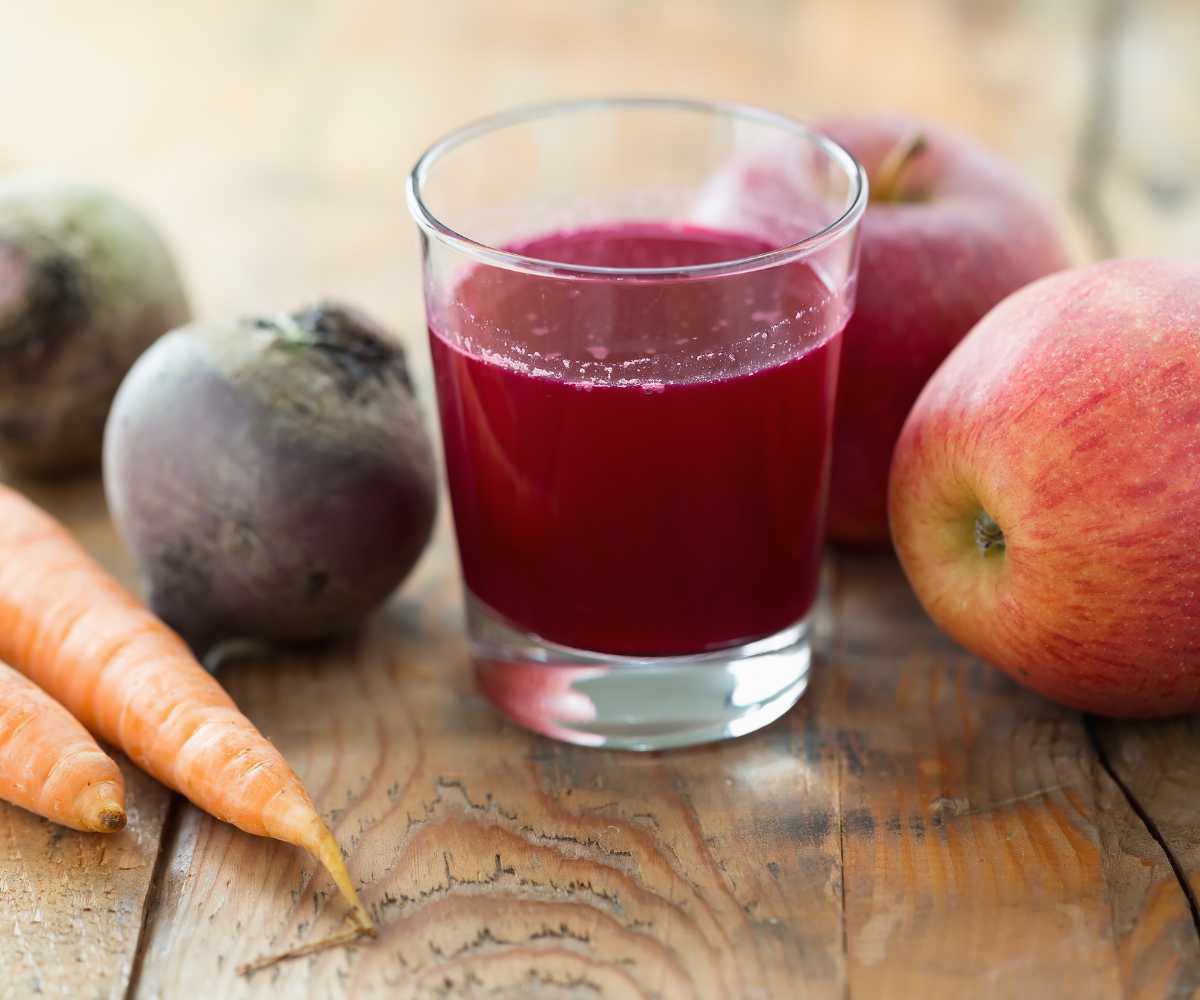
- Digestive system readiness: Beetroot juice is known to have a laxative effect and may cause stomach discomfort or diarrhea in some babies. Make sure to monitor your baby’s reaction to beetroot juice after drinking.
- Organic and fresh beetroot: When preparing beetroot juice for your baby, it is advisable to use organic and fresh beetroot to ensure it is free from harmful chemicals and pesticides. Serve freshly prepared beetroot juice to minimize nitrate exposure. Do not store the juice for longer than 2 days.
- Moderation. Introduce beetroot juice slowly and in small amounts to monitor your baby’s tolerance and reaction to the juice.
When in doubt, consult with your pediatrician before introducing beetroot juice to your baby’s diet.
Beets For Babies FAQs
Beetroot can be introduced to babies starting with 6 months – as a puree or mashed form – after they have started with other single-ingredient purees and have shown signs of readiness. If your baby has any underlying health conditions or special dietary needs, consult with your pediatrician.
While beetroot is generally considered safe and nutritious for children, it may cause some mild adverse effects such as: change in the color of a child’s urine or stool, which is harmless and usually temporary; Also digestive discomfort, such as bloating, gas, or diarrhea. Those with oxalate sensitivity and allergies (which are rare) should consult with their doctor first.
Yes, beetroot’s high fiber content can potentially help with constipation in children by adding bulk to the stool and promoting regular bowel movements. Also ensure your child is also consuming enough fluids and maintaining a well-balanced diet.
Beetroot can be cooked for babies through methods such as steaming, boiling, roasting, then mash or puree it to a smooth consistency suitable for your baby’s age and feeding stage. For older babies who are transitioning to finger foods, you can boil or steam beetroot until soft, then slice it into thin strips or cubes for them to pick up and self-feed.
Yes, you can mix beet puree with other baby-friendly fruits or vegetables to create different flavor combinations. Some popular options include apples, carrots, sweet potatoes, and avocados. Always ensure that the combination is appropriate for your baby’s age and stage of development.
More Veggies You Can Serve To Your Baby
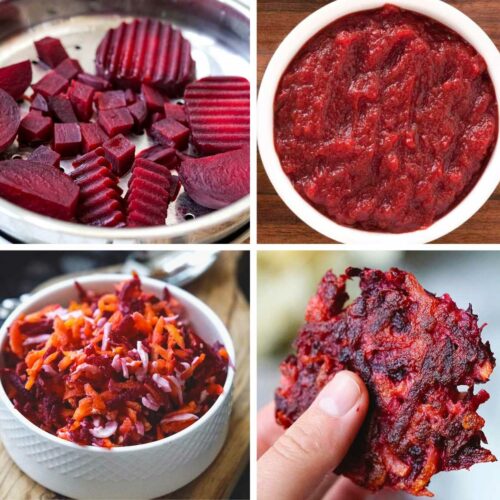
Beetroot For Babies: Ways To Cook, Serve & Recipes
Ingredients
- 2 medium beets
- 4-6 cups water (for steaming or boiling)
optional
- 1 tsp olive oil (for roasting)
- pinch of sea salt ((12 months+))
Instructions
Steaming
- Start by washing and peeling the beetroot, then cut it into small cubes or slices.
- Place the beetroot in a steamer basket and steam for about 15-20 minutes until it is soft and can be easily mashed with a fork.
Roasting
- Wash and peel the beets, then cut it into small cubes or slices.
- Toss the beetroot with a little olive oil and spread it out on a baking sheet.
- Roast in the oven at 195°C (380°F) for about 30-40 minutes until tender and can be easily mashed with a fork.
Boiling
- Wash and place the whole beets unpeeled in a pot covered with water.
- Boil/simmer until tender, about 20-30 minutes (adding water if necessary).
- Remove from water and peel the skin with your fingers, then cut into desired shapes.
- Once the beetroot is cooked, you can serve it to your baby in different ways, depending on their age and developmental stage.
Baby food ideas with beets:
- Beetroot puree (mash the cooked beetroot with a fork or blend it with a little breast milk or formula to make a smooth puree), mix with other purees when transitioning to stage-2 baby food.
- Baby Led Weaning (serve cooked beets cut into strips, circles, wedges or cubes);
- Shredded cooked beets incorporated in meatballs, pancakes, soups, patties etc.
- Beetroot Juice (see details in the post).
Nutrition
©ThrivingNest. Content and photographs are copyright protected and need prior permission to use. Copying and/or pasting full recipes to other websites and any social media is strictly prohibited. Sharing and using the link of this recipe is both encouraged and appreciated!
